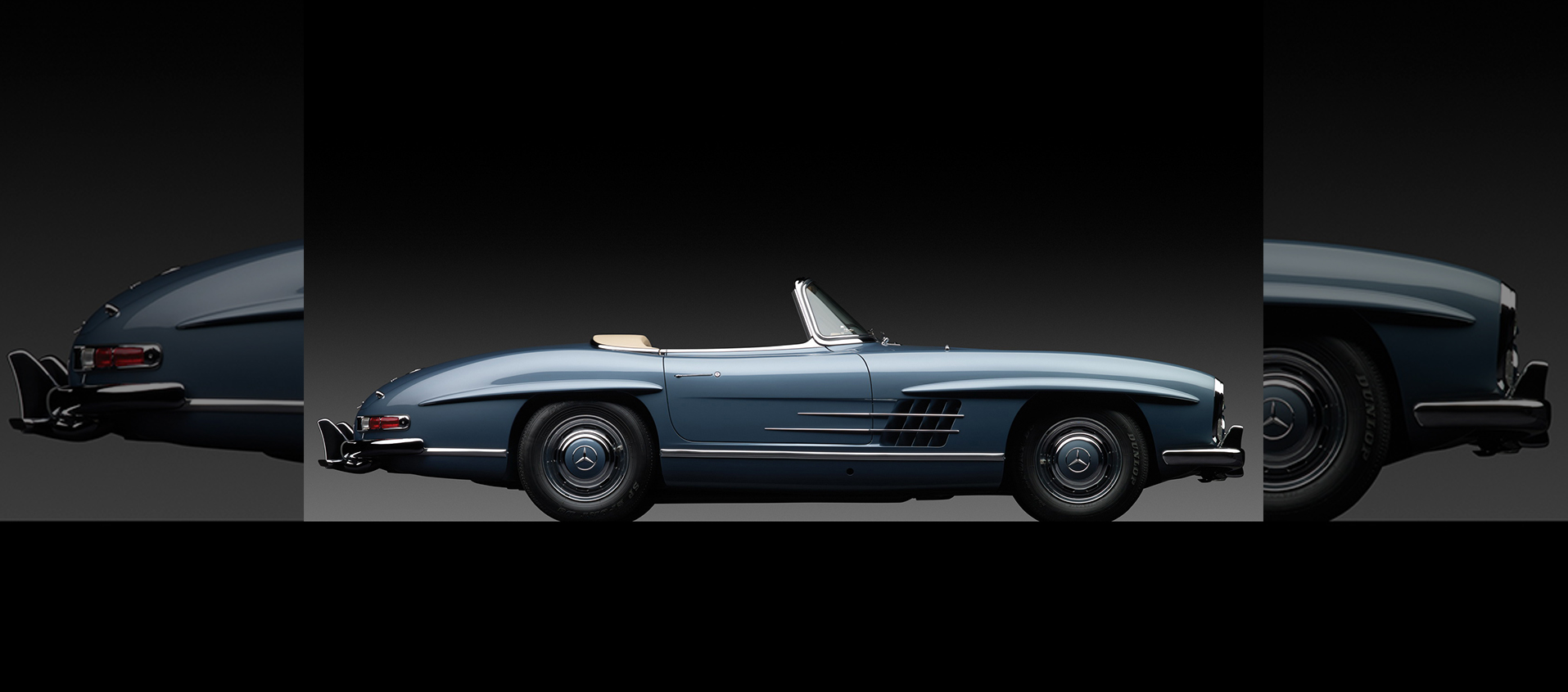Über Alles. The advent of friendly air
07 December 2020 1 min read 3 images

January 1940 was meant to see the story of automotive aerodynamics research reaching its pinnacle. The events that we have recounted over 43 chapters, each enhanced by the magical and wonderfully homogeneous illustrations created by Massimo Grandi, tell the story of a time of visionaries and dreamers. The 1939 T80, created at the behest of the Third Reich, and of Hitler in person, in order to give the world a sign of Germany’s supremacy, was built with the aim of beating the world land speed record by reaching 750 km/h. The project involved three key men: driver, Hans Stuck, technical director, Ferdinand Porsche, and aerodynamics specialist, Josef Mikci.
Register to unlock this article
Signing up is free and gives you access to hundreds of articles and additional benefits. See what’s included in your free membership. See what's included in your free membership.
Already have an account? Log In

